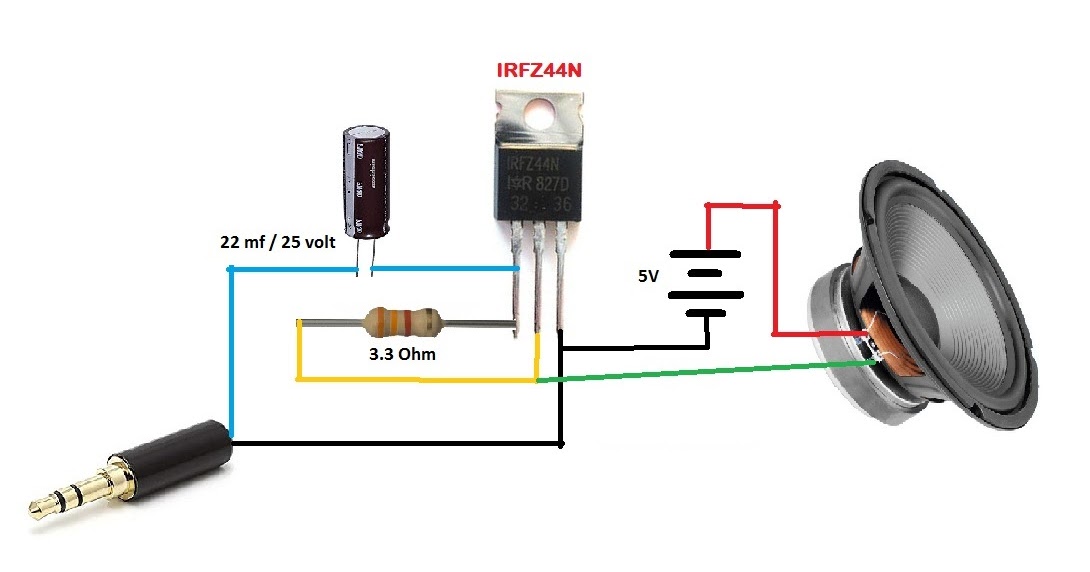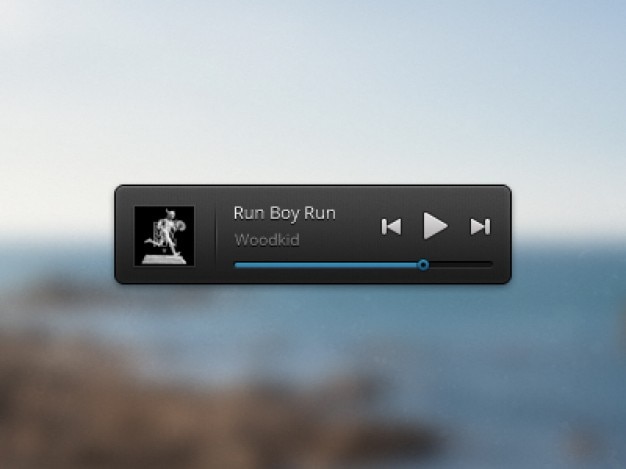

- BUILD A SIMPLE AUDIO PLAYER USING SWIFT FOR MAC HOW TO
- BUILD A SIMPLE AUDIO PLAYER USING SWIFT FOR MAC CODE
- BUILD A SIMPLE AUDIO PLAYER USING SWIFT FOR MAC DOWNLOAD
- BUILD A SIMPLE AUDIO PLAYER USING SWIFT FOR MAC FREE
Adding a Lottie animation view using Interface Builder You did it! Press CMD+R and here’s what you should see:Īt this point, I really encourage you to play around with different configurations. Start LottieAnimationView with animation name (without extension)ĪnimationView!.contentMode =. Private var animationView: LottieAnimationView? In the ViewController.swift file, replace the method viewDidLoad with the following: // 1. Once downloaded, drag and drop to the project, making sure our project is selected as target and copy items if needed is selected.
BUILD A SIMPLE AUDIO PLAYER USING SWIFT FOR MAC DOWNLOAD
Once you're confident your animation looks and plays how it should, download the Lottie file.
BUILD A SIMPLE AUDIO PLAYER USING SWIFT FOR MAC CODE
To do this, make sure you download the LottieFiles app for iOS and scan the QR code that is generated at the bottom under any animation that is either uploaded to or tested on LottieFiles.
BUILD A SIMPLE AUDIO PLAYER USING SWIFT FOR MAC FREE
You can choose from thousands of free animation on LottieFiles but for the purpose of this tutorial we'll be doing together, we’ll be using this animation to start with.Īs sometimes not all Lottie features are supported by iOS, it's super important to test that your chosen Lottie works on iOS. Great, now for the fun part! Let’s get animated!!! Now, navigate to ViewController.swift, add the following line to the top of the file. Tap on Add Package at the bottom right corner and select your project as target.
BUILD A SIMPLE AUDIO PLAYER USING SWIFT FOR MAC HOW TO
So here's how to do it: with Xcode in focus, at the top navigation bar, select File->Add Packages…, then on the top, right tap on Search or Enter Package URL and enter the URL: Note that in the video version of this tutorial above, we've used CocoaPods – you can still can use CocoaPods if you prefer, but using SPM cuts out a bit of work. There are a few ways to add Lottie to our project, but in this tutorial, we'll use Swift Package Manager (SPM). Tap Next and Create.Īwesome, we have the project ready, now let's add the Lottie library.


Options: įor the examples in this post the category will be used.Īfter configuring an AVAudioSession, use the setActive(_:, options:) method on an AVAudioSession to attempt to activate the session. Play and reduce the volume of other sounds Try AVAudioSession.sharedInstance().setCategory( The category can also be configured to play alongside any other sounds currently playing: // Play alongside other sounds try AVAudioSession.sharedInstance().setCategory( Your audio will be played by itself muting other audio, and your audio ignores the Silent switch and will continue even if the screen locks. Your audio will be played with other audio, if any other audio is playing, and your audio will be silenced by locking the screen and Silent switch.

Your audio will be played by itself muting other audio, and your audio will be silenced by locking the screen and Silent switch. Some common AVSession.Category options are: The AVSession.Category helps inform iOS and macOS how your sound should be played. The next step is to configure an AVAudioSession with an AVSession.Category. Read Create, Throw, and Handle Custom Errors in Swift to learn more about custom errors. This example uses a custom Swift error SoundError.fileNotFound. Guard let soundFileURL = (įorResource: "sound effect", withExtension: "mp3" Often audio and sound effects are bundled with an iOS or macOS application: // Load a sound file URL


 0 kommentar(er)
0 kommentar(er)
